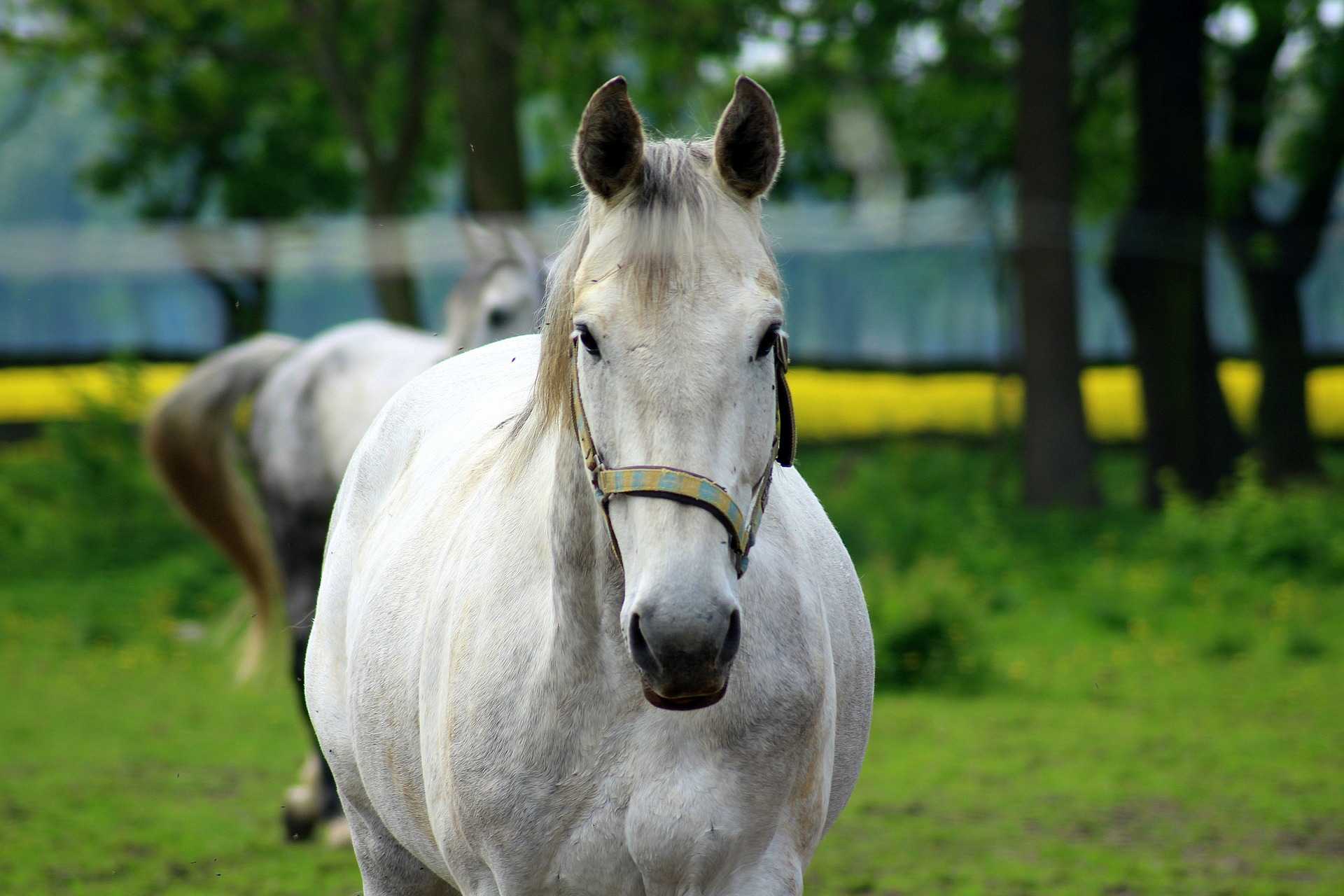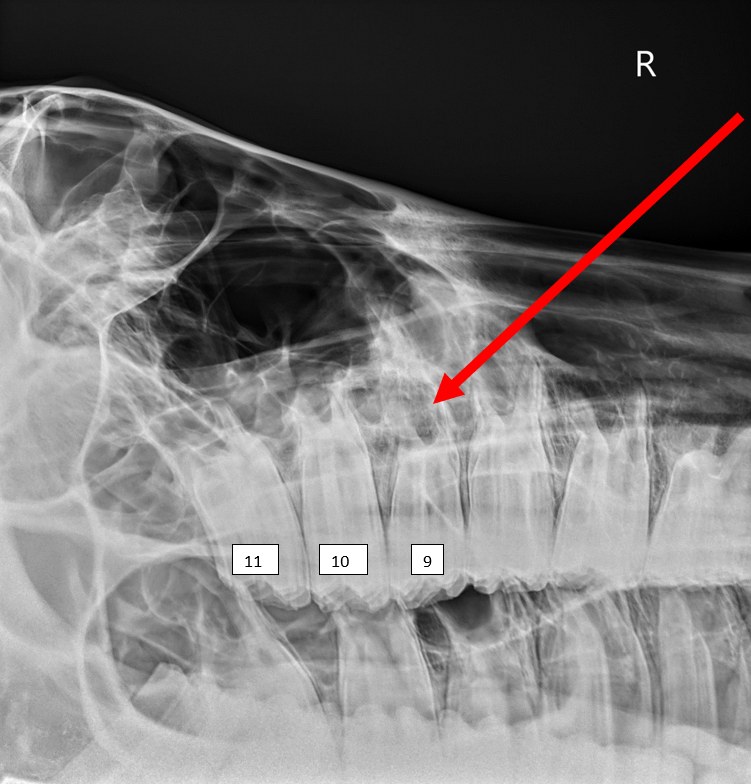 Most horse owners are familiar with equine gastric ulcers, or EGUS (equine gastric ulcer syndrome). Gastric ulcers are extremely common in horses and likely underdiagnosed. Because horses evolved as grazing animals, their stomachs are designed for continual...
Most horse owners are familiar with equine gastric ulcers, or EGUS (equine gastric ulcer syndrome). Gastric ulcers are extremely common in horses and likely underdiagnosed. Because horses evolved as grazing animals, their stomachs are designed for continual...
 Dr. Kate Baer is a 2012 graduate from the University of Minnesota College of Veterinary Medicine. She completed a one-year internship with an equine referral and ambulatory practice in New Jersey, and then spent several years in Pennsylvania with a racetrack and...
Dr. Kate Baer is a 2012 graduate from the University of Minnesota College of Veterinary Medicine. She completed a one-year internship with an equine referral and ambulatory practice in New Jersey, and then spent several years in Pennsylvania with a racetrack and...
 Dental radiographs (Xrays) are a routine procedure for us humans at the dentist’s office, but they are also invaluable for equine dentistry. As equine dentistry has significantly advanced in recent years, improvements in portable radiography equipment have...
Dental radiographs (Xrays) are a routine procedure for us humans at the dentist’s office, but they are also invaluable for equine dentistry. As equine dentistry has significantly advanced in recent years, improvements in portable radiography equipment have...
 Skin tumors in horses are not uncommon. While a tissue biopsy is the definitive way to identify the tumor type, location and appearance can offer clues for identification. Sarcoids Sarcoids are the most common skin tumor in horses and can be separated into different...
Skin tumors in horses are not uncommon. While a tissue biopsy is the definitive way to identify the tumor type, location and appearance can offer clues for identification. Sarcoids Sarcoids are the most common skin tumor in horses and can be separated into different...
 Rabies is caused by a virus that infects mammals and is spread through the saliva/bites by infected animals. The virus exists in several wild animal reservoirs, most commonly bats, skunks, raccoons, and foxes. After the virus is transmitted via bite, it replicates in...
Rabies is caused by a virus that infects mammals and is spread through the saliva/bites by infected animals. The virus exists in several wild animal reservoirs, most commonly bats, skunks, raccoons, and foxes. After the virus is transmitted via bite, it replicates in...








